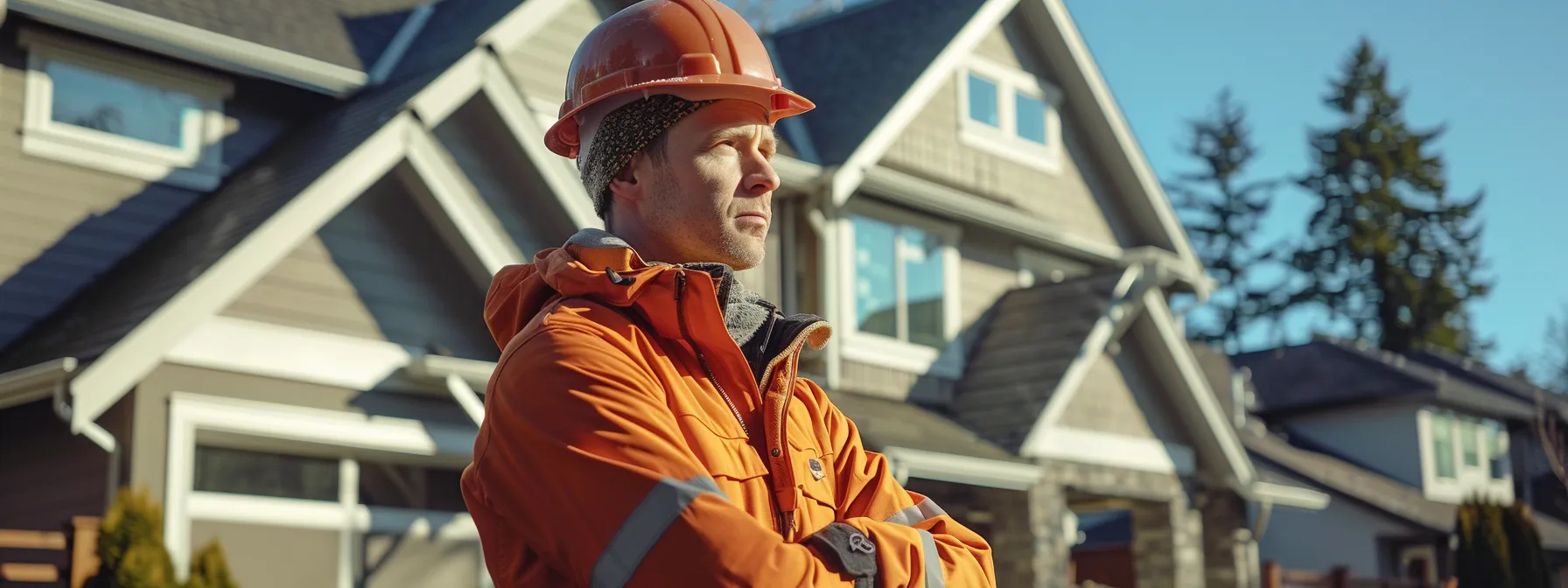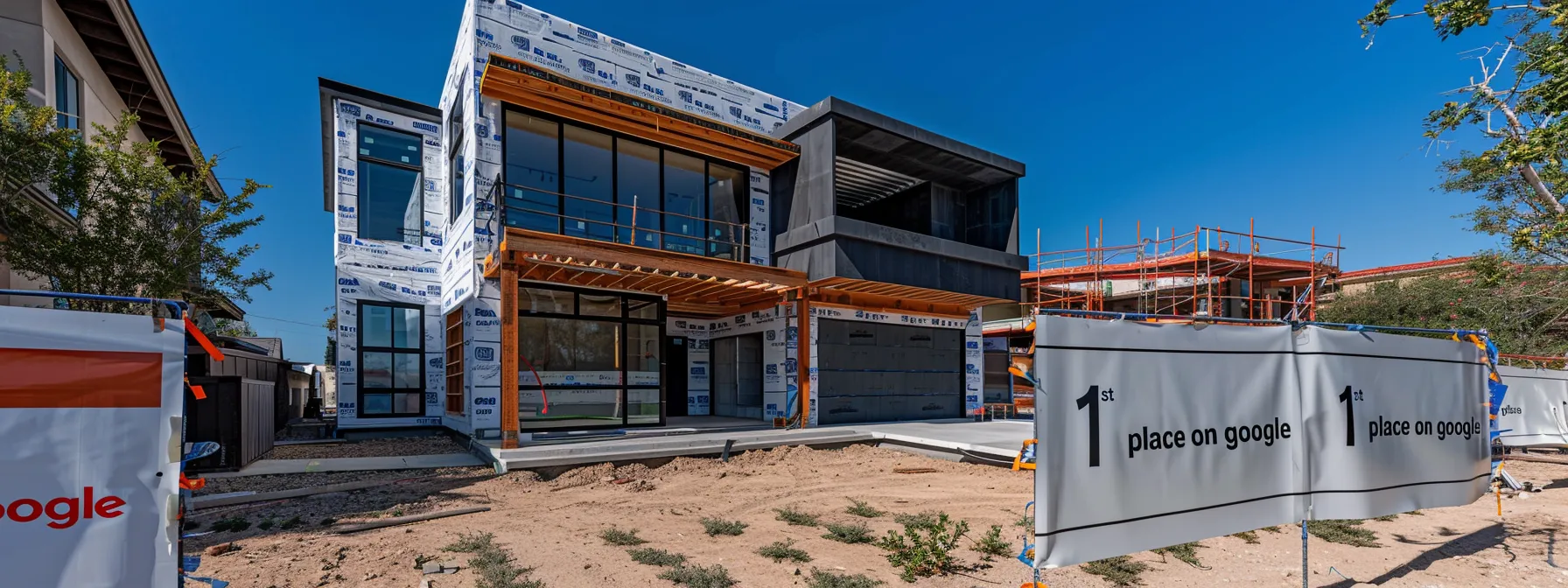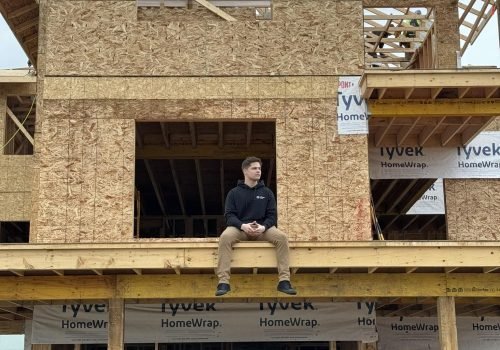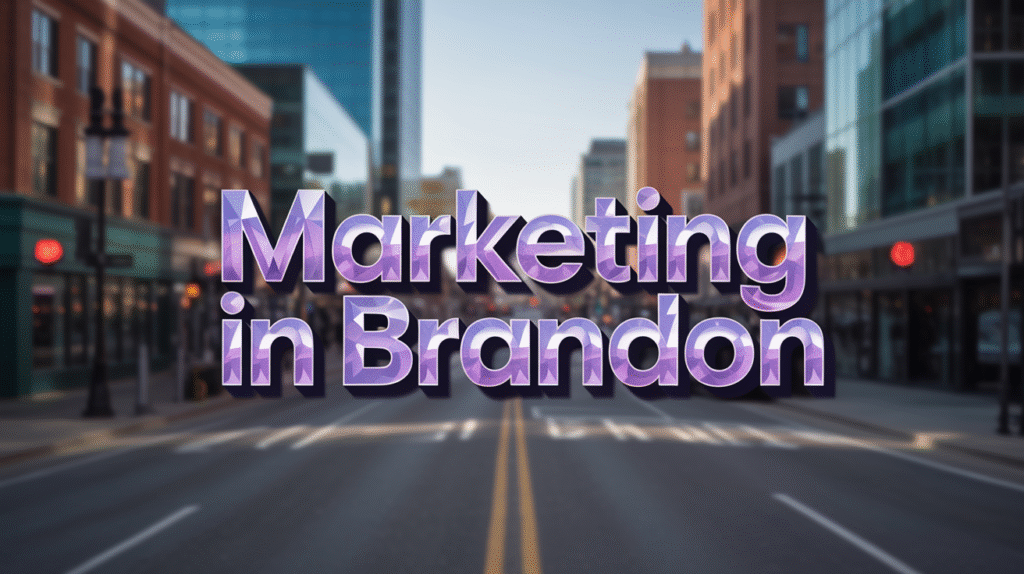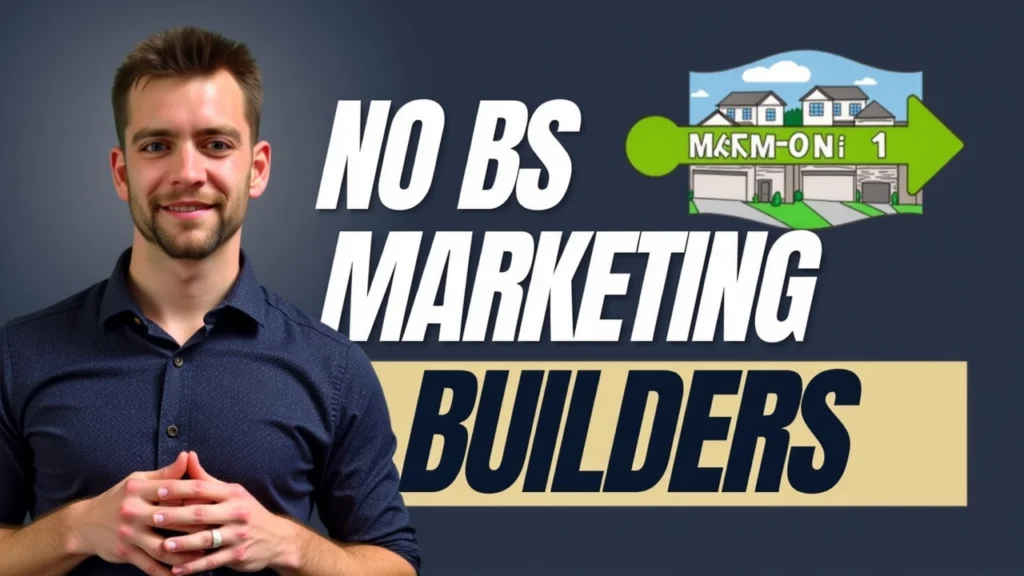Introduction
Local SEO strategies home builders are the difference between empty model homes and a steady pipeline of nearby buyers. If you build homes in North America and you are at the MVP_BUILT stage, this guide gives practical, high-impact tactics that tie SEO, paid ads, CRM, graphic design, and video editing into a single local growth plan.
Local SEO Strategies Home Builders: Core Tactics
1. Claim and Perfect Your Business Listings
- Verify and optimize your Google Business Profile listing right away. Ensure business name, address, phone, hours, and service areas are accurate. See Google Business Profile for setup guidance.
- Add consistent listings on Bing Places and industry directories that homeowners trust.
- Use high-quality photos of model homes, floorplans, and site progress, and keep them fresh.
Resources: Google Business Profile, Bing Places.
2. Build Purposeful Location Pages
- Create dedicated location landing pages for every community, subdivision, or service area you serve.
- Each page should include:
- Unique local-focused copy about the neighborhood
- Address and directions, embedded map, and business hours
- Local imagery and a short video walkthrough
- Calls to action tied to CRM forms and phone tracking
- Add local schema markup using the LocalBusiness type to help search engines understand location intent. Reference schema details at Schema.org.
Resource: Schema.org LocalBusiness.
3. Prioritize Reviews and Reputation Management
- Ask buyers to leave reviews after closing and after site visits. Make it easy with direct links to your Google, Facebook, and industry profile pages.
- Respond to positive and negative reviews promptly, and log review interactions in your CRM.
- Amplify reviews visually in your design assets and video testimonials to increase trust and conversion.
For best practices, consult industry guides like the local SEO section at Search Engine Journal.
4. Content That Attracts Local Buyers
- Publish blog posts, neighborhood guides, and comparison pages that target local search intent, for example, “New homes near [City Park]” or “Cost to build in [Town Name].”
- Use video tours and customer stories, then embed those videos on landing pages to increase engagement.
- Repurpose the same content into social posts, short videos, and paid ad creatives to maximize reach.
Helpful reading: Moz Local SEO Guide.
5. Combine Paid Ads With Local Organic Efforts
- Run geo-targeted search and social ads to drive immediate traffic to new community pages.
- Use call tracking and UTM parameters so leads are routed into your CRM and tied back to the ad, keyword, and landing page.
- Start with small spend tests on competitively targeted keywords, then scale what converts.
6. Integrate CRM, Leads, and Follow-up Workflows
- Feed all form submissions, phone calls, and chat leads into your CRM with tags for location and campaign source.
- Build automated nurture sequences for open-house signups and site tour requests.
- Use CRM reporting to measure lead-to-close conversion by neighborhood so you can prioritize the best markets.
7. Visuals, Graphic Design, and Video Editing That Convert
- Use professional photos and short video tours to showcase quality and floorplan flow.
- Create 30 to 60 second clips optimized for mobile, then edit variations for ads and organic posts.
- Include captions, neighborhood callouts, and a clear CTA in every clip.
See Google Small Business videos for creative ideas: Google Small Business YouTube Channel.
Measurement and Reporting
- Track organic rankings for location keywords, local pack presence, and traffic to location pages.
- Monitor leads by source and neighborhood inside your CRM and connect to Google Analytics and your ad platform.
- Use a monthly dashboard to show cost per lead, lead-to-appointment rate, and lead-to-sale rate by area.
Day 4 Action Checklist for MVP_BUILT Stage Business
If you are following the MVP_BUILT playbook, Day 4 should focus on consolidation and measurement:
- Verify and complete all key local listings and claim profiles.
- Create 3 priority location pages and add LocalBusiness schema.
- Set up call tracking and CRM lead routing for those pages.
- Launch a small geo-targeted ad test to drive traffic while organic rankings build.
This short sprint centers immediate lead capture and measurement so you can iterate quickly.
“We launched three community pages and a small ad test, then routed leads into our CRM. Within 30 days we had data to scale the exact ad copy and pages that worked.”
This example shows the kind of fast feedback loop every builder needs to scale.
Case Study Snapshot (Example)
- Project: New-community launch in a mid-size North American city.
- Tactics used: Google Business Profile optimization, three location pages, two testimonial videos, and geo-targeted search ads.
- Outcome: Measurable increase in quality site tours and CRM-qualified leads within 60 days. Use your CRM to replicate and measure the same outcome.
Quick Wins You Can Implement Today
- Claim and verify your Google Business Profile and add current photos.
- Publish one location landing page with LocalBusiness schema and a 45 second video tour.
- Enable call tracking and feed leads into your CRM with location tags.
Recommended Tools and Resources
- Google Business Profile, for local listings. Google Business Profile
- Local SEO learning resources. Moz Local SEO Guide
- Local search insights and news. Search Engine Journal Local



